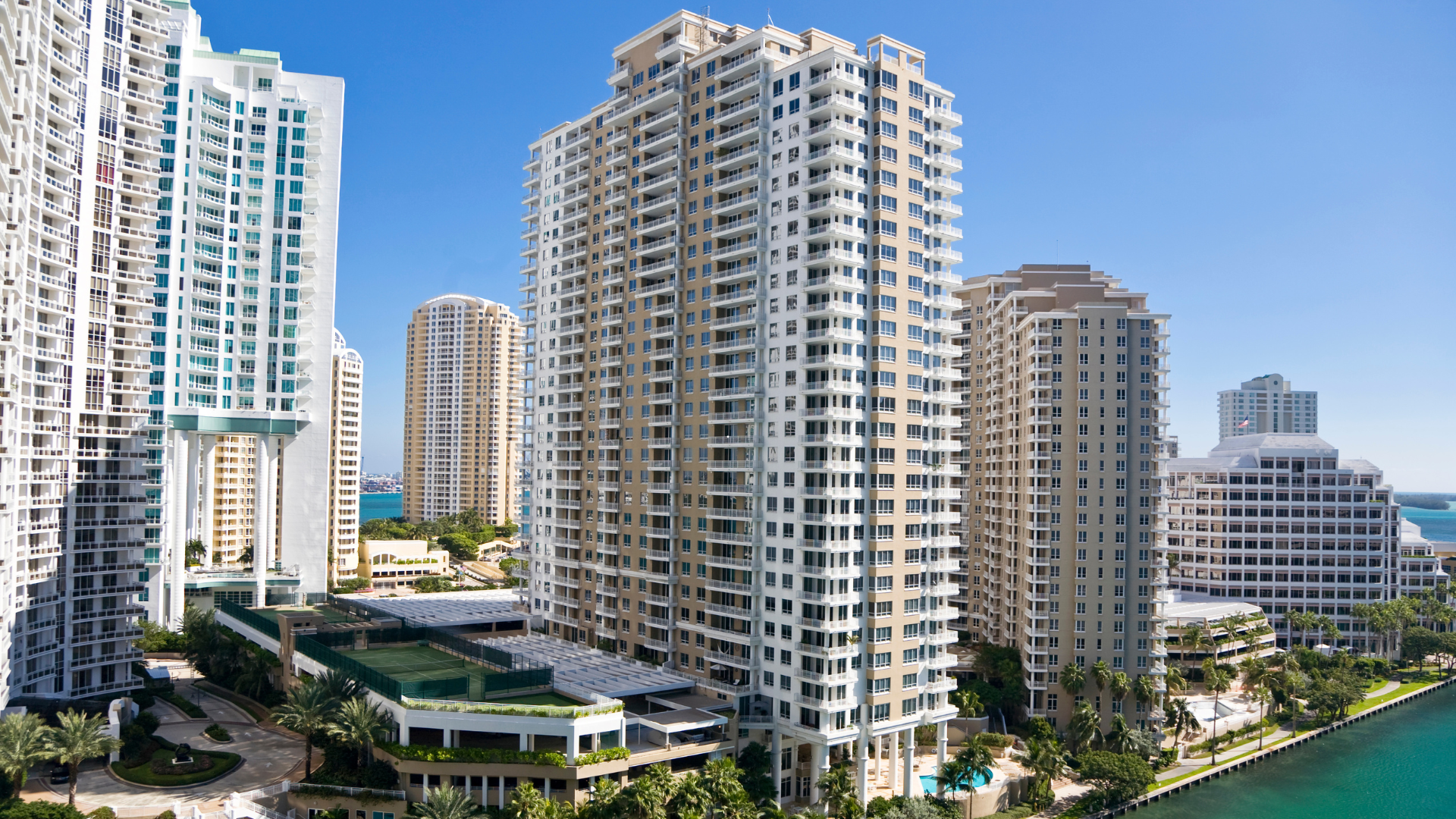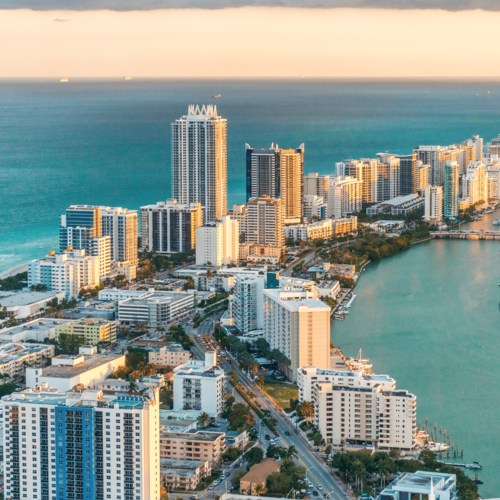Dreaming of a move to Miami? With its beaches, culture, and sunshine, it's no wonder this vibrant city attracts newcomers from around the world. But before you pack your bags, it is crucial to understand what living in Miami will cost you. This guide breaks down the essential expenses to help you budget smartly and avoid surprises.
Why Understanding Miami’s Cost of Living Is Essential
Miami may be a paradise, but paradise does not come cheap. The city consistently ranks among the more expensive places to live in the United States, especially due to rising housing costs. However, no state income tax and diverse living options offer opportunities for savings, depending on your lifestyle and priorities.
According to Payscale and ERI Economic Research, Miami’s overall cost of living is about 21 percent higher than the national average, with housing costs approximately 57 to 59 percent above average and groceries around 11 percent more expensive.
For an even more detailed comparison, check real-time data with NeighborhoodScout’s cost insights.

Housing Costs in Miami: Rent vs. Buy
Housing is the biggest cost factor in Miami. According to recent data:
- Median home price: Approximately $585,000 to $655,000 (Zillow and Realtor.com)
- Average monthly rent for a one-bedroom apartment: $2,100 to $2,700 depending on location and source (RentCafé, Apartments.com)
Prices vary dramatically by neighborhood. For instance:
- Brickell: Trendy and upscale, expect high-rise condo prices
- Coconut Grove and Coral Gables: Leafy, safe, and suburban-feeling with a high cost to match
- Little Haiti and Allapattah: Emerging areas with relatively lower housing costs
To afford average rent, a household income of around $110,000 per year is typically needed.
Renters should also factor in additional costs like HOA fees (if renting a condo), renter’s insurance, and utility setup fees.
Check out housing trends and listings on Zillow or Realtor.com.
Monthly Utility and Transportation Expenses
Utilities:
- Electricity: $120 to $200 per month (higher in summer due to air conditioning)
- Water and Sewer: Around $50 per month
- Internet: Around $70 per month for high-speed plans
- Garbage and Recycling: Often included in rent or water bills
Transportation:
While some neighborhoods are walkable, Miami is largely a car-dependent city.
- Gas prices: Around $3.80 per gallon
- Car insurance: Among the highest in the nation at approximately $2,700 per year
- Public transit (Metrorail, Metrobus): $2.25 per ride or $112.50 per month for an unlimited pass
- Brightline (commuter rail): Premium but convenient for regional travel
Use Miami-Dade Transit for schedules and fare info, or check Brightline for commuter options.

Food, Dining, and Grocery Costs
Miami’s culinary scene is as diverse as its population. Expect a wide range of price points:
- Groceries: About 11 percent above the national average, with a monthly grocery bill for one adult averaging $350 to $400
- Dining out:
- Casual meal: $15 to $20
- Mid-range restaurant for two people: $70 to $90
- Café coffee: $4 to $6
Farmers markets and Latin American markets can help you save while exploring authentic local flavors, and you can also discover some of the latest new "Around Town" restaurants in Miami here.

Healthcare, Education, and Childcare Expenses
Miami offers quality healthcare and education, but costs vary widely:
Healthcare:
- Doctor visit (without insurance): $100 to $180
- Monthly insurance premium (individual): $300 to $500 (marketplace plans vary)
Education:
- Private K through 12 tuition: $10,000 to $25,000( and up) per year
- Daycare: $900 to $1,300 per month depending on location
Public schools are free, and some areas like Coral Gables and Pinecrest have highly rated public institutions.
Compare options at Niche’s Miami School Rankings.
Budgeting Tips for New Miami Residents
Want to make Miami more affordable? Try these cost-saving strategies:
- Live in outer neighborhoods such as West Kendall, North Miami, or Doral
- Use public transit or carpooling apps to reduce transportation expenses
- Shop local and cook at home more often
- Track expenses with budgeting tools such as Mint or YNAB
- Explore free events and public parks for low-cost entertainment
Need help deciding where to settle? Our Explore Miami Neighborhoods page breaks it all down.
Final Thoughts: Is Miami Affordable?
Miami’s affordability depends largely on your income, housing choices, and lifestyle. It can be expensive, especially for families and homeowners, but many find the cultural vibrancy, coastal beauty, and tax benefits well worth it. With proper planning and resourceful living, you can enjoy all that Miami has to offer without stretching your budget.
For more help planning your move, check out our Miami Relocation Guide, explore Neighborhood Comparisons, If you are seeking personalized advice, contact me so I can guide you every step of the way.

